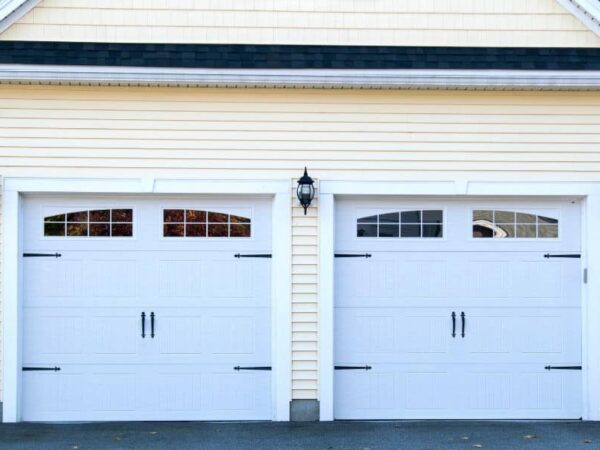Water is extremely crucial for our life. But at the same time, it also causes heavy damage to your property. When unwanted water enters your home, it leaves stains, warps your floor, causes mold growth, and much more. In some cases, the damages are not even visible until it’s too late.
If you notice any signs of water damage in your home, you should at once hire a water damage restoration company in Toronto. They are experienced professionals with expertise in handling water damage. Even if it’s minor damage, you should seek professional help. The more you ignore the problem, the worse it gets with time.
Here are some of the top reasons that lead to water damage in residential properties:
- Harsh Weather Conditions
When severe weather strikes, it brings along a host of hazards for your property. Hurricanes, thunderstorms, and other natural disasters pose a significant risk of water damage. Heavy rainfall and strong winds during these events can wreak havoc on your roof, allowing rainwater to seep into your home. In some cases, severe weather can even trigger flash flooding, particularly in areas prone to such events.
- Clogged Gutters
Another common culprit for water damage is clogged gutters. Over time, leaves, debris, and branches can obstruct your gutter system, preventing proper drainage. This causes rainwater to overflow, running down the sides of your home and damaging walls, floors, and ceilings.
- Leaking Pipes
Leaking pipes are another potential source of water damage. A small leak from a kitchen sink pipe can lead to damage to the cabinet below, while a broken pipe within a wall can cause even more problems, potentially leading to mold growth. The most serious scenario involves leaking drainage pipes beneath a concrete slab. When these pipes leak, repairs can be both costly and complex, making it essential to address any plumbing issues to prevent further damage to your property.
Understanding the top causes of water damage is essential for homeowners to be able to protect their properties. Being aware of the potential hazards can help you mitigate risks and prevent costly damage.





